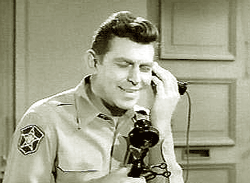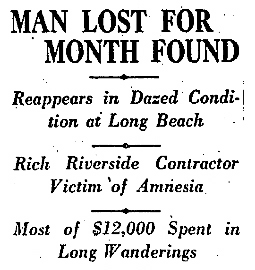 October 7, 1927
October 7, 1927
Long Beach
Between Christ’s wanderings in the deserts of Jericho, and Kidder’s huddlings in the gardens of Glendale, there was Robert Sankey.
Sankey, 44, a prominent Riverside contractor, was in a splendid mood September seventh last; he had no domestic or financial troubles, and bid his lovely wife and 13 year-old daughter goodbye that morning in his home at 270 Bandini Avenue before a trip to Laguna Beach. He made it to Laguna Beach, and picked up $12,000 ($132,359 USD2006) in cash which he had been paid by the Colton School Board for the construction of Colton High School.
Sankey then told friends he was going for a swim, and left his bag, clothing, glasses and shoes at a hotel near the beach. From there he disappeared…the sea was dragged repeatedly for his body, but to no avail. Had the briny deep swallowed Sankey? And what became of the money? And what’s this?—a few days ago, some Sankey acquaintance came forth and reported having seen Sankey on a Seattle-bound boat a day or two after the disappearance.
Today, Mrs. Paul McKenzie peered nervously through the window of her home at 4010 Massachusetts, Long Beach. There was a dazed, raggedy man wandering aimlessly up and down in front of her house for the better part of two hours. When she got up the nerve to confront the torn and tattered stranger, all a-jibber-jabberin’ to himself, it was, you guessed it, her brother, Robert Sankey. Oh no, he insisted, I’m Andrew Borg.
Well, the Borg, I mean Sankey, had only $500 left (in checks issued by a Seattle bank) of the twelve grand, and even less of an idea as to where he’d been or what he’d done. He could only confirm that his clothes had been given to him by “the skipper,” and that he’d been to sea in a small boat with two men and a woman.
Further investigation revealed that Sankey recently boarded the steamer Evanger at San Francisco (booking passage to Buenos Aires as “Andrew Borg, grain dealer, Witchita, Kan.”), but put ashore at San Pedro the day he reappeared in Long Beach.
Sankey remains in his Borgian state at Seaside hospital, where Riverside county authorities are vexed with Seaside staff; the Sheriff is itching to serve two warrants on Sankey, each charging sixteen counts of violating the State wage law, but the pesky physicians demand that officers wait ‘til Sankey’s physical condition permits such activity.
Whether amnesia or grift, please bear in mind…steer clear of small boats, and beware "the skipper."
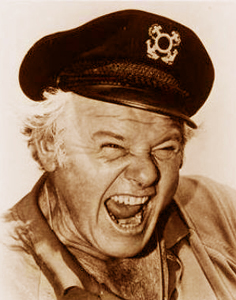



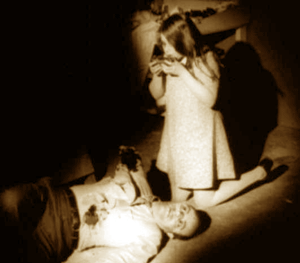







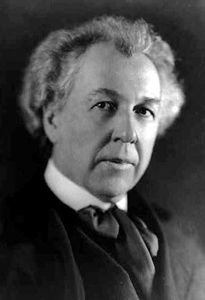
 August 26, 1927
August 26, 1927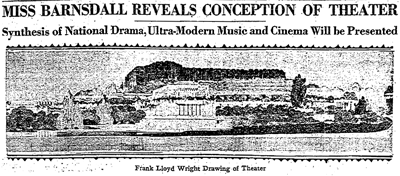
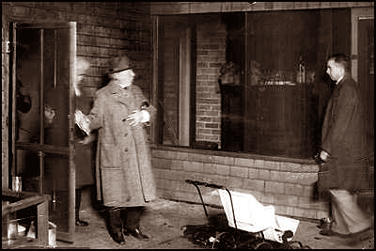
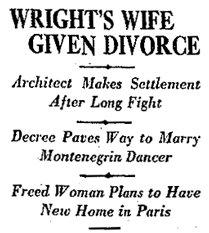 The lucky Wright-drama followers of 1927 were treated to tales of Frank and Miriam’s divorce. Today, Miriam was awarded $6,000 ($66,179 USD2006) immediately, $30,000 (330,889) in trust, and $250 (2,757) a month for life. The cash settlement and Wright’s promise that he "would lead a moral life" preceded the court decree.
The lucky Wright-drama followers of 1927 were treated to tales of Frank and Miriam’s divorce. Today, Miriam was awarded $6,000 ($66,179 USD2006) immediately, $30,000 (330,889) in trust, and $250 (2,757) a month for life. The cash settlement and Wright’s promise that he "would lead a moral life" preceded the court decree.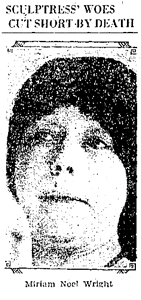 into FLW’s rented La Jolla home while he’s up in Los Angeles: “So thorough was the wrecking that the colored maid in charge of the house in Wright’s absence collapsed from the shock and was taken to the Scripps Memorial Hospital. ‘About fifteen minutes more and I would have leveled the place,’ Mrs. Wright is said to have told police when arrested…damage to the La Jolla home is estimated at about $1000…Mrs. Wright smiling pleaded guilty and following the court action, swore out complaints against her husband and Olga Hinzenberg, also known as Olga Milanoff, charging them with being lewd and dissolute persons.”
into FLW’s rented La Jolla home while he’s up in Los Angeles: “So thorough was the wrecking that the colored maid in charge of the house in Wright’s absence collapsed from the shock and was taken to the Scripps Memorial Hospital. ‘About fifteen minutes more and I would have leveled the place,’ Mrs. Wright is said to have told police when arrested…damage to the La Jolla home is estimated at about $1000…Mrs. Wright smiling pleaded guilty and following the court action, swore out complaints against her husband and Olga Hinzenberg, also known as Olga Milanoff, charging them with being lewd and dissolute persons.” 

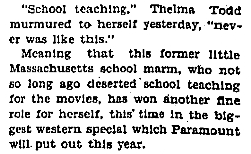
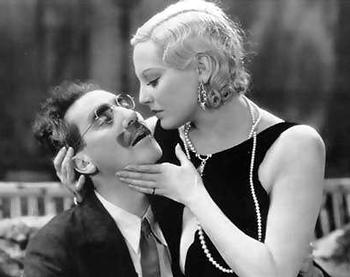


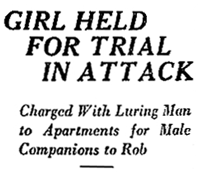

 August 19, 1927
August 19, 1927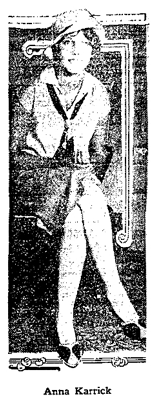 All the noir hallmarks here: a destitute, starry-eyed country girl, the shifty grifter she befriends, a rube with some dough in his pocket, a classic con, the crummy apartment hotel and a dark city.
All the noir hallmarks here: a destitute, starry-eyed country girl, the shifty grifter she befriends, a rube with some dough in his pocket, a classic con, the crummy apartment hotel and a dark city. place at
place at  532 South Fremont (now site of Glossy Black Tower, left) may be long gone, but it was a fun place while it lasted. In May 1929, Filipino nationals Cal Blanco and Ceferino Sandries argued over women with some sailors from the USS Colorado, when Blanco announced, “I’m going to kill all you sailors,” and so sailor Clyde Forehand shot them both dead; July of 1929 saw a riot there involving thirty sailors and six women, at which two women and seven men were booked on suspicion of robbery; Jack Wilson and Clark Falcon, leaders of a gang of automobile plunderers, were arrested with their booty here in February, 1932; in September 1935 Robert Honchell, a 25 year-old taxi driver, was having a drinking party with his pal Edward Folder, a 29 year-old unemployed café worker, when a woman showed up with her infant daughter—Folder’s insistence on taking the child out for candy started a quarrel, and Folder ended up stabbed mortally in the chest by Honchell…you get the idea.
532 South Fremont (now site of Glossy Black Tower, left) may be long gone, but it was a fun place while it lasted. In May 1929, Filipino nationals Cal Blanco and Ceferino Sandries argued over women with some sailors from the USS Colorado, when Blanco announced, “I’m going to kill all you sailors,” and so sailor Clyde Forehand shot them both dead; July of 1929 saw a riot there involving thirty sailors and six women, at which two women and seven men were booked on suspicion of robbery; Jack Wilson and Clark Falcon, leaders of a gang of automobile plunderers, were arrested with their booty here in February, 1932; in September 1935 Robert Honchell, a 25 year-old taxi driver, was having a drinking party with his pal Edward Folder, a 29 year-old unemployed café worker, when a woman showed up with her infant daughter—Folder’s insistence on taking the child out for candy started a quarrel, and Folder ended up stabbed mortally in the chest by Honchell…you get the idea.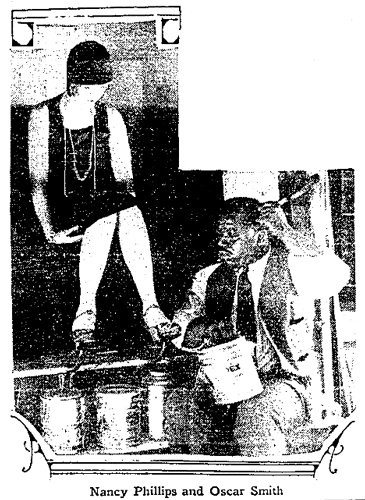
 You jazz-age dames sure make life tough for us workingmen! Oscar Smith, veteran bootblack at the Paramount Studio, has been compared by the Times to no less than a modern Rembrandt.
You jazz-age dames sure make life tough for us workingmen! Oscar Smith, veteran bootblack at the Paramount Studio, has been compared by the Times to no less than a modern Rembrandt. 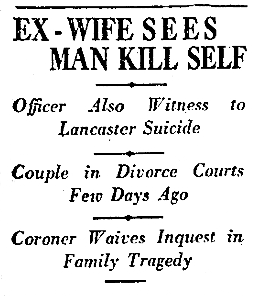
 August 18, 1927
August 18, 1927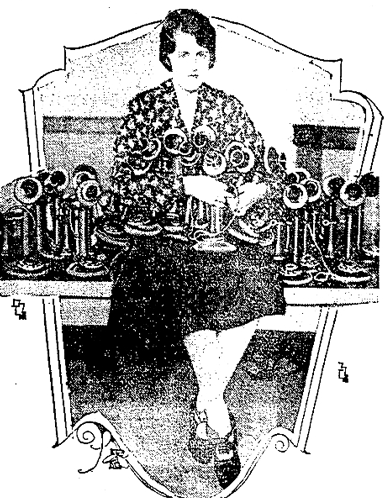
 The 192 square miles covered by the Los Angeles exchange are crissed and crossed by, interwoven and interlaced with 1.7 million miles of telephone line, servicing those 307,471 telephones upon which you Chatty Cathies of 1927 gab. (And that’s nearly double the 162,122 phones in service a mere five years ago in ’22.) With 1.2 million folk in LA, there’s roughly 25 phones per hundred persons.
The 192 square miles covered by the Los Angeles exchange are crissed and crossed by, interwoven and interlaced with 1.7 million miles of telephone line, servicing those 307,471 telephones upon which you Chatty Cathies of 1927 gab. (And that’s nearly double the 162,122 phones in service a mere five years ago in ’22.) With 1.2 million folk in LA, there’s roughly 25 phones per hundred persons.